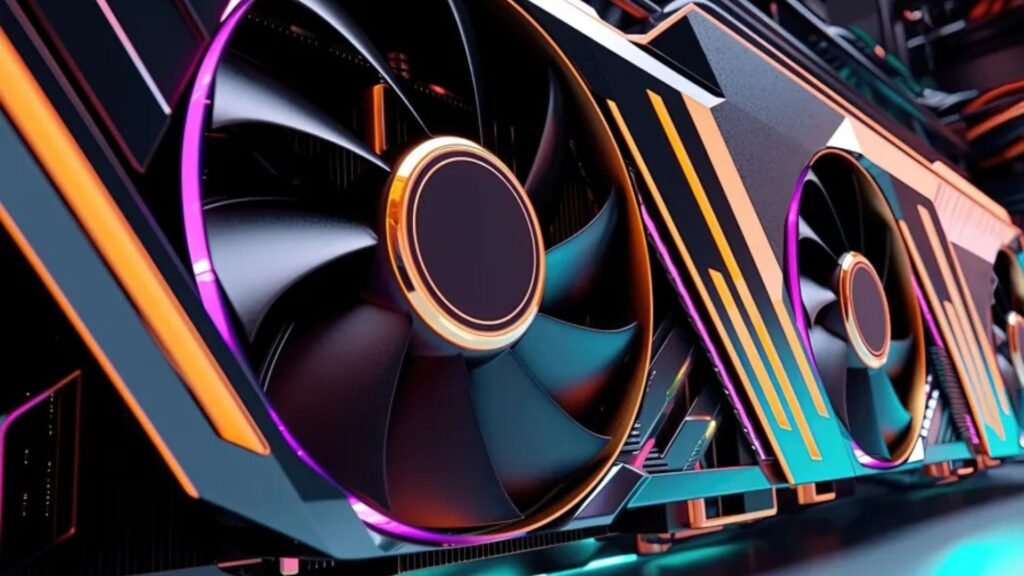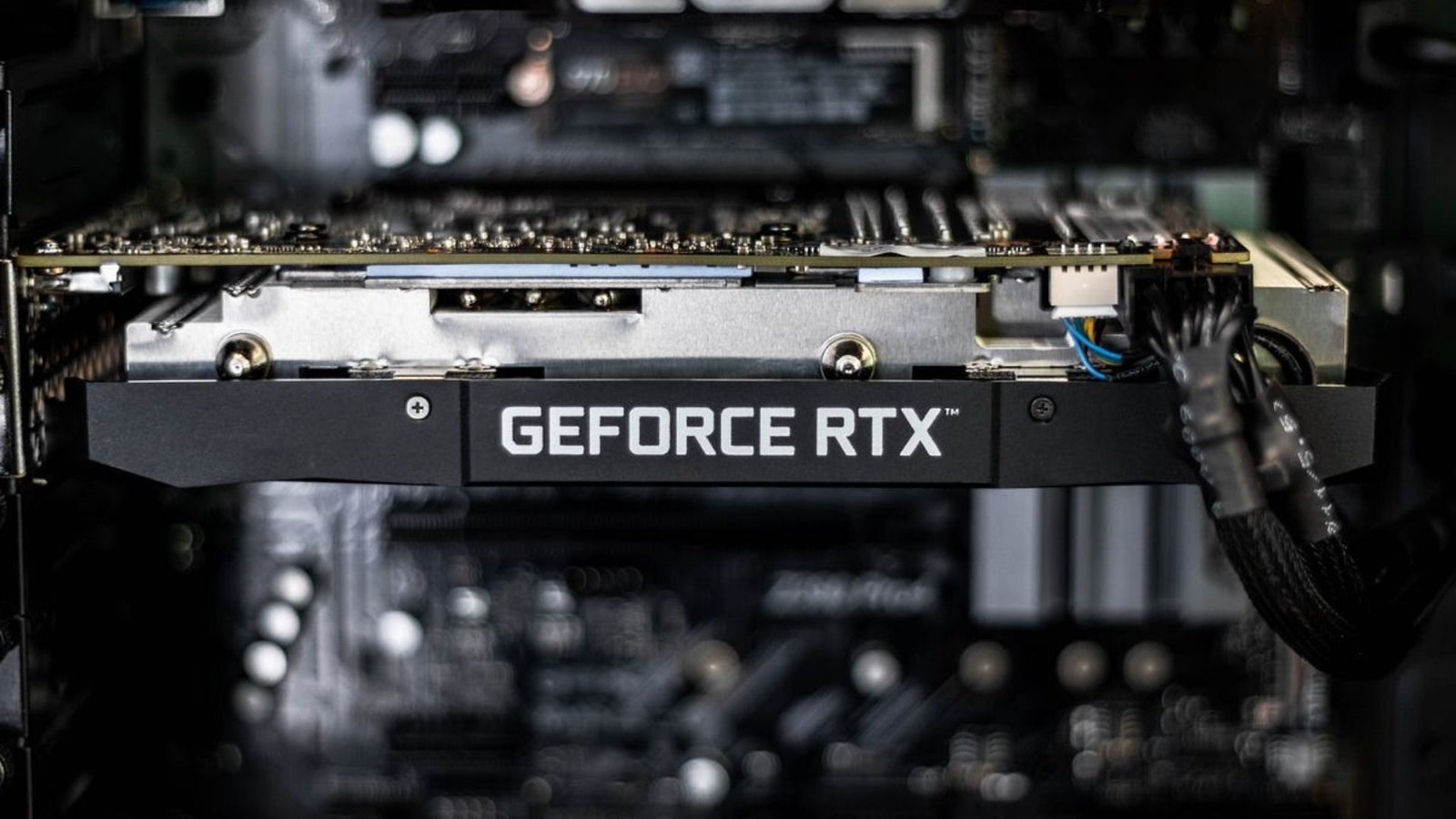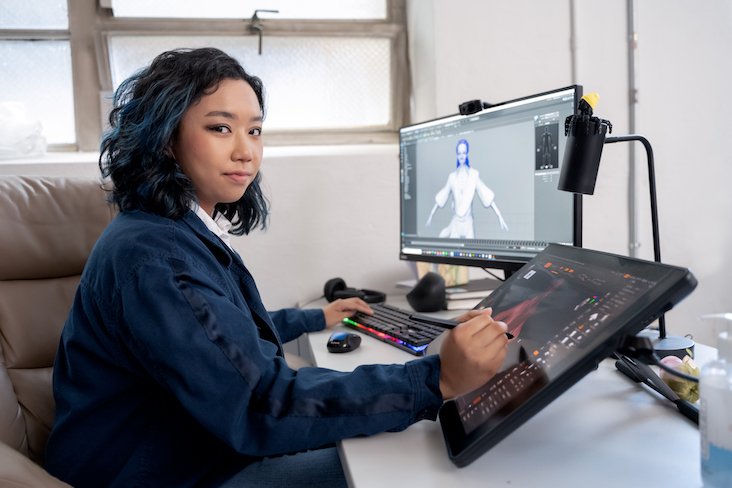Graphics Processing Units (GPUs) have been at the forefront of transforming computer graphics, fundamentally changing how images, videos, and interactive visual content are created and displayed. Originally designed to accelerate 3D rendering for gaming, GPUs have evolved into powerful computational engines that play a key role in everything from video games and animation to artificial intelligence (AI) and scientific simulations. In this article, we will explore how GPUs are revolutionizing computer graphics and reshaping the digital landscape across various industries.

Unleashing the Power of Parallel Processing
One of the core features that differentiate GPUs from traditional CPUs (Central Processing Units) is their ability to handle parallel processing. While CPUs are optimized for sequential processing, executing tasks one after another, GPUs are designed to process thousands of tasks simultaneously. This makes them particularly suited for the complex calculations involved in rendering graphics, where many tasks need to be completed at once.
Benefits:
- Real-Time Rendering: GPUs can process vast amounts of data simultaneously, allowing for real-time rendering of complex 3D environments and visual effects. This capability is crucial for applications like video games, where smooth performance and high frame rates are essential for an immersive experience.
- Efficient Resource Utilization: Parallel processing allows GPUs to perform calculations more efficiently, freeing up CPU resources for other tasks, and improving overall system performance.
By accelerating the process of rendering graphics, GPUs enable faster, more detailed, and more realistic visualizations.
Realistic Graphics in Gaming and Entertainment
GPUs have had the most profound impact in the gaming industry, where they are responsible for rendering the high-fidelity graphics that modern video games require. From photorealistic textures and lighting effects to intricate details in character models and environments, GPUs make these immersive experiences possible.
Key Advancements:
- Ray Tracing: One of the most significant breakthroughs in gaming graphics, ray tracing simulates how light interacts with objects in a realistic way. GPUs now support real-time ray tracing, providing more accurate reflections, shadows, and lighting, enhancing the overall realism of games like Cyberpunk 2077 and Control.
- Higher Frame Rates and Resolutions: With more powerful GPUs, developers can create games that run at higher resolutions (such as 4K) and maintain smooth frame rates, delivering a superior visual experience to gamers.
The increased graphical power provided by GPUs allows for lifelike gaming environments that were once limited to movies or high-end simulations.
Revolutionizing Animation and Visual Effects
In the world of animation and visual effects (VFX), GPUs have become indispensable tools. Rendering 3D models, simulating natural phenomena, and creating realistic special effects would be impossible without the immense computational power provided by modern GPUs.
How GPUs Enhance VFX:
- Faster Rendering: Animation and VFX studios use GPUs to render frames faster, drastically reducing production time.
Enhancing Virtual Reality (VR) and Augmented Reality (AR)
Virtual Reality (VR) and Augmented Reality (AR) rely heavily on the power of GPUs to render immersive and interactive environments in real-time. These technologies demand extremely high performance to ensure smooth, lag-free experiences, especially when users are moving around or interacting with complex virtual objects.
How GPUs Power VR/AR:
- Immersive 3D Graphics: GPUs generate highly detailed and interactive 3D graphics, which are essential for creating lifelike and immersive VR worlds or interactive AR elements in real-time.
- Low Latency: To avoid motion sickness and disorientation, VR applications must maintain extremely low latency between user movements and on-screen updates. GPUs make this possible by quickly processing and rendering large amounts of data with minimal delay.
As VR and AR technologies continue to evolve, GPUs will remain central to creating realistic and interactive digital experiences.
Conclusion
GPUs are the driving force behind many of the technological advancements in computer graphics today. From powering realistic gaming environments to accelerating AI, scientific simulations, and architectural designs, GPUs have revolutionized how we create, visualize, and interact with digital content. As GPU technology continues to evolve, its applications will expand even further, transforming industries and enabling new possibilities that were once only imagined.




